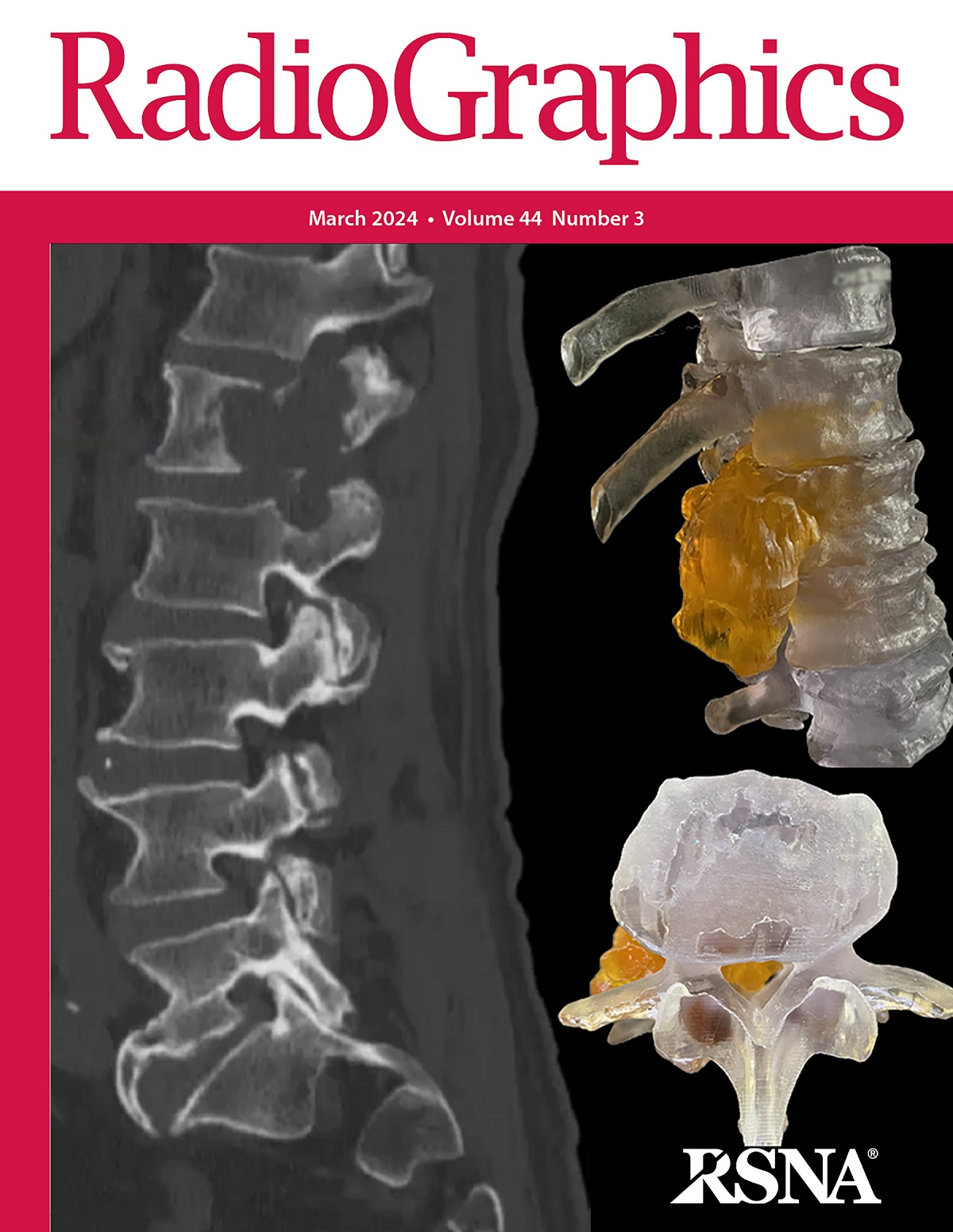求助PDF
{"title":"异位静脉曲张出血的介入放射学:基于血管解剖的个性化方法。","authors":"Hyo-Cheol Kim, Shiro Miyayama, Edward Wolfgang Lee, David Yurui Lim, Jin Wook Chung, Hwan Jun Jae, Jin Woo Choi","doi":"10.1148/rg.230140","DOIUrl":null,"url":null,"abstract":"<p><p>Ectopic varices are rare but potentially life-threatening conditions usually resulting from a combination of global portal hypertension and local occlusive components. As imaging, innovative devices, and interventional radiologic techniques evolve and are more widely adopted, interventional radiology is becoming essential in the management of ectopic varices. The interventional radiologist starts by diagnosing the underlying causes of portal hypertension and evaluating the afferent and efferent veins of ectopic varices with CT. If decompensated portal hypertension is causing ectopic varices, placement of a transjugular intrahepatic portosystemic shunt is considered the first-line treatment, although this treatment alone may not be effective in managing ectopic variceal bleeding because it may not sufficiently resolve focal mesenteric venous obstruction causing ectopic varices. Therefore, additional variceal embolization should be considered after placement of a transjugular intrahepatic portosystemic shunt. Retrograde transvenous obliteration can serve as a definitive treatment when the efferent vein connected to the systemic vein is accessible. Antegrade transvenous obliteration is a vital component of interventional radiologic management of ectopic varices because ectopic varices often exhibit complex anatomy and commonly lack catheterizable portosystemic shunts. Superficial veins of the portal venous system such as recanalized umbilical veins may provide safe access for antegrade transvenous obliteration. Given the absence of consensus and guidelines, a multidisciplinary team approach is essential for the individualized management of ectopic varices. Interventional radiologists must be knowledgeable about the anatomy and hemodynamic characteristics of ectopic varices based on CT images and be prepared to consider appropriate options for each specific situation. <sup>©</sup>RSNA, 2024 Supplemental material is available for this article.</p>","PeriodicalId":54512,"journal":{"name":"Radiographics","volume":"44 8","pages":"e230140"},"PeriodicalIF":5.2000,"publicationDate":"2024-08-01","publicationTypes":"Journal Article","fieldsOfStudy":null,"isOpenAccess":false,"openAccessPdf":"","citationCount":"0","resultStr":"{\"title\":\"Interventional Radiology for Bleeding Ectopic Varices: Individualized Approach Based on Vascular Anatomy.\",\"authors\":\"Hyo-Cheol Kim, Shiro Miyayama, Edward Wolfgang Lee, David Yurui Lim, Jin Wook Chung, Hwan Jun Jae, Jin Woo Choi\",\"doi\":\"10.1148/rg.230140\",\"DOIUrl\":null,\"url\":null,\"abstract\":\"<p><p>Ectopic varices are rare but potentially life-threatening conditions usually resulting from a combination of global portal hypertension and local occlusive components. As imaging, innovative devices, and interventional radiologic techniques evolve and are more widely adopted, interventional radiology is becoming essential in the management of ectopic varices. The interventional radiologist starts by diagnosing the underlying causes of portal hypertension and evaluating the afferent and efferent veins of ectopic varices with CT. If decompensated portal hypertension is causing ectopic varices, placement of a transjugular intrahepatic portosystemic shunt is considered the first-line treatment, although this treatment alone may not be effective in managing ectopic variceal bleeding because it may not sufficiently resolve focal mesenteric venous obstruction causing ectopic varices. Therefore, additional variceal embolization should be considered after placement of a transjugular intrahepatic portosystemic shunt. Retrograde transvenous obliteration can serve as a definitive treatment when the efferent vein connected to the systemic vein is accessible. Antegrade transvenous obliteration is a vital component of interventional radiologic management of ectopic varices because ectopic varices often exhibit complex anatomy and commonly lack catheterizable portosystemic shunts. Superficial veins of the portal venous system such as recanalized umbilical veins may provide safe access for antegrade transvenous obliteration. Given the absence of consensus and guidelines, a multidisciplinary team approach is essential for the individualized management of ectopic varices. Interventional radiologists must be knowledgeable about the anatomy and hemodynamic characteristics of ectopic varices based on CT images and be prepared to consider appropriate options for each specific situation. <sup>©</sup>RSNA, 2024 Supplemental material is available for this article.</p>\",\"PeriodicalId\":54512,\"journal\":{\"name\":\"Radiographics\",\"volume\":\"44 8\",\"pages\":\"e230140\"},\"PeriodicalIF\":5.2000,\"publicationDate\":\"2024-08-01\",\"publicationTypes\":\"Journal Article\",\"fieldsOfStudy\":null,\"isOpenAccess\":false,\"openAccessPdf\":\"\",\"citationCount\":\"0\",\"resultStr\":null,\"platform\":\"Semanticscholar\",\"paperid\":null,\"PeriodicalName\":\"Radiographics\",\"FirstCategoryId\":\"3\",\"ListUrlMain\":\"https://doi.org/10.1148/rg.230140\",\"RegionNum\":1,\"RegionCategory\":\"医学\",\"ArticlePicture\":[],\"TitleCN\":null,\"AbstractTextCN\":null,\"PMCID\":null,\"EPubDate\":\"\",\"PubModel\":\"\",\"JCR\":\"Q1\",\"JCRName\":\"RADIOLOGY, NUCLEAR MEDICINE & MEDICAL IMAGING\",\"Score\":null,\"Total\":0}","platform":"Semanticscholar","paperid":null,"PeriodicalName":"Radiographics","FirstCategoryId":"3","ListUrlMain":"https://doi.org/10.1148/rg.230140","RegionNum":1,"RegionCategory":"医学","ArticlePicture":[],"TitleCN":null,"AbstractTextCN":null,"PMCID":null,"EPubDate":"","PubModel":"","JCR":"Q1","JCRName":"RADIOLOGY, NUCLEAR MEDICINE & MEDICAL IMAGING","Score":null,"Total":0}
引用次数: 0
引用
批量引用


